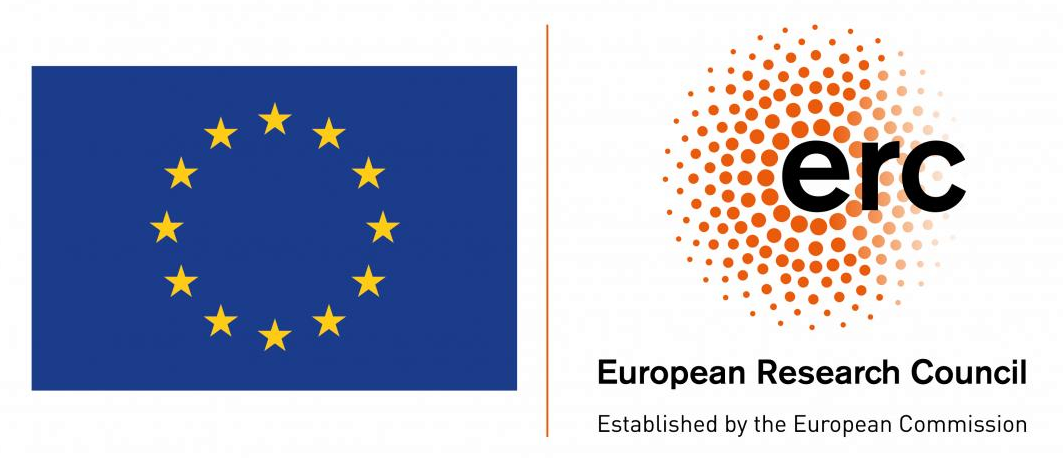Contributors:
QuAcK is a small electronic structure program written in Fortran 90 and developed at the Laboratoire de Chimie et Physique Quantiques LCPQ (Toulouse, France).
QuAcK is usually used for prototyping purposes and the successful ideas are usually implemented more efficiently in Quantum Package. QuAcK is an excellent place to start for experienced PhD students or postdocs as the code is simple and written with a fairly well-known and straightforward language. For beginners, we suggest having a look at qcmath, a Mathematica-based program to help newcomers in quantum chemistry easily develop their ideas.
QuAcK is under continuous and active development, so it is very (very) likely to contain many bugs and errors. QuAcK is a code for experts, which means that you must know what you're doing and you have to make sure you're not doing anything silly (QuAcK may allow silly things to happen on purpose!). You have been warned.
The QuAcK software can be downloaded on GitHub as a Git repository
git clone https://github.com/pfloos/QuAcK.git
Then, one must define the variable QUACK_ROOT. For example,
export QUACK_ROOT=$HOME/Work/QuAcK
You must also install PySCF (for example using pip)
pip install pyscf
PySCF is used for the computation of one- and two-electron integrals (mainly) which are dumped in files and read by QuAcK. Therefore, it is very easy to use other software to compute the integrals or to add other types of integrals.
~ 💩 % cd $QUACK_ROOT
QuAcK 💩 % python PyDuck.py -h
usage: PyDuck.py [-h] -b BASIS [--bohr] [-c CHARGE] [--cartesian] [-fc FROZEN_CORE] [-m MULTIPLICITY] [--working_dir WORKING_DIR] -x XYZ
This script is the main script of QuAcK, it is used to run the calculation. If $QUACK_ROOT is not set, $QUACK_ROOT is replaces by the current
directory.
options:
-h, --help show this help message and exit
-b BASIS, --basis BASIS
Name of the file containing the basis set in the $QUACK_ROOT/basis/ directory
--bohr By default QuAcK assumes that the xyz files are in Angstrom. Add this argument if your xyz file is in Bohr.
-c CHARGE, --charge CHARGE
Total charge of the molecule. Specify negative charges with "m" instead of the minus sign, for example m1 instead of -1.
Default is 0
--cartesian Add this option if you want to use cartesian basis functions.
-fc FROZEN_CORE, --frozen_core FROZEN_CORE
Freeze core MOs. Default is false
-m MULTIPLICITY, --multiplicity MULTIPLICITY
Number of unpaired electrons 2S. Default is 0 therefore singlet
--working_dir WORKING_DIR
Set a working directory to run the calculation.
-x XYZ, --xyz XYZ Name of the file containing the nuclear coordinates in xyz format in the $QUACK_ROOT/mol/ directory without the .xyz
extension
The two most important files are:
$QUACK_ROOT/input/methodsthat gathers the methods you want to use.$QUACK_ROOT/input/optionsthat gathers the different options associated these methods.
These files look like this
QuAcK 💩 % cat input/methods
# RHF UHF RMOM UMOM KS
T F F F F
# MP2* MP3
F F
# CCD pCCD DCD CCSD CCSD(T)
F F F F F
# drCCD rCCD crCCD lCCD
F F F F
# CIS* CIS(D) CID CISD FCI
F F F F F
# phRPA* phRPAx* crRPA ppRPA
F F F F
# G0F2* evGF2* qsGF2* G0F3 evGF3
F F F F F
# G0W0* evGW* qsGW* SRG-qsGW ufG0W0 ufGW
T F F F F F
# G0T0pp* evGTpp* qsGTpp* G0T0eh evGTeh qsGTeh
F F F F F F
# * unrestricted version available
and
QuAcK 💩 % cat input/options
# HF: maxSCF thresh DIIS n_diis guess_type ortho_type mix_guess level_shift stability
512 0.0000001 T 5 1 1 F 0.0 F
# MP: reg
F
# CC: maxSCF thresh DIIS n_diis
64 0.0000001 T 5
# spin: TDA singlet triplet spin_conserved spin_flip
F T F T T
# GF: maxSCF thresh DIIS n_diis lin eta renorm reg
256 0.00001 T 5 T 0.0 0 F
# GW: maxSCF thresh DIIS n_diis lin eta COHSEX TDA_W reg
256 0.00001 T 5 T 0.0 F F F
# GT: maxSCF thresh DIIS n_diis lin eta TDA_T reg
256 0.00001 T 5 T 0.1 F F
# ACFDT: AC Kx XBS
F T T
# BSE: BSE dBSE dTDA evDyn ppBSE BSE2
T T T F F F
For example, if you want to run a calculation on water using the cc-pvdz basis set:
QuAcK 💩 % python PyDuck.py -x water -b cc-pvdz
QuAcK runs calculations in the QUACK_ROOT directory which is quite unusual but it can be easily modified to run calculations elsewhere.
You just have to make sure that QuAcK reads/writes the integrals and molecular information at the right spot.
QuAcK is supported by the PTEROSOR project that has received funding from the European Research Council (ERC) under the European Union’s Horizon 2020 research and innovation programme (Grant agreement No. 863481).


